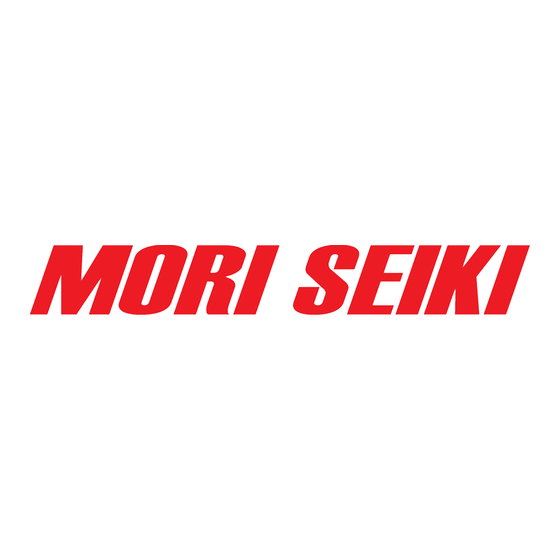
Table of Contents
Advertisement
Applicable Model
NL1500/500
NL1500S/500
NL2000/500
NL2000S/500
NL2500/700
NL2500S/700
NL2500S/1250
NL3000/2000
NL3000/3000
Applicable NC Unit
M720BM (MSX-850IV)
Before starting operation, maintenance, or programming, carefully read the
manuals supplied by Mori Seiki, the NC unit manufacturer, and equipment
manufacturers so that you fully understand the information they contain.
Keep the manuals carefully so that they will not be lost.
MAINTENANCE MANUAL
NL1500MC/500
NL1500SMC/500
NL2000MC/500
NL2000SMC/500
NL2500MC/700
NL2500SMC/700
NL2500MC/1250
NL2500SMC/1250
NL3000MC/700
NL3000MC/1250
NL3000MC/2000
NL3000MC/3000
NL1500Y/500
NL1500SY/500
NL2000Y/500
NL2000SY/500
NL2500Y/700
NL2500SY/700
NL2500Y/1250
NL2500SY/1250
NL3000Y/700
NL3000Y/1250
NL3000Y/2000
NL3000Y/3000
HX-NL_4-C2JPEN
2011.06.P
Advertisement
Table of Contents









Need help?
Do you have a question about the NL1500/500 and is the answer not in the manual?
Questions and answers
where is battery located in machine